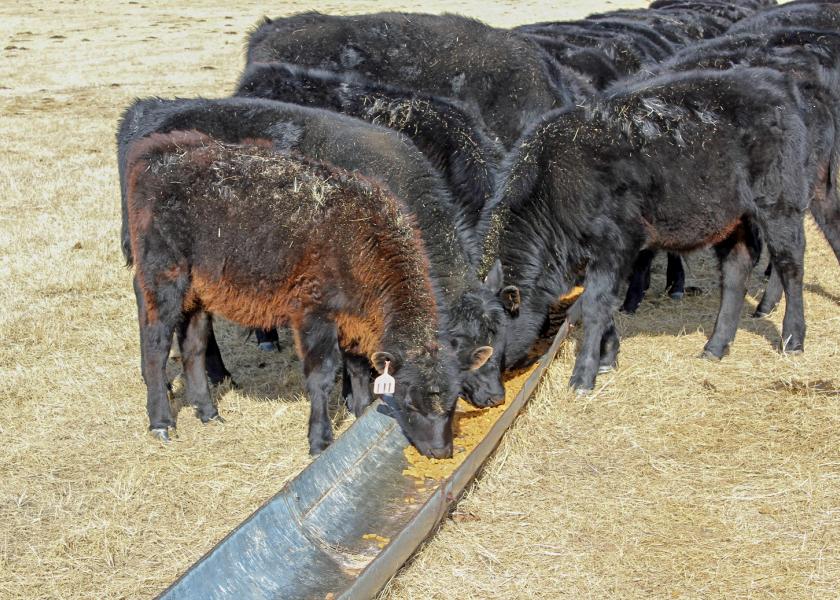Upgrade Your Cattle’s Reputation with Preconditioning

Our customers (stocker operators and feedlots) want matched sets of calves that are weaned, castrated, dehorned, familiar with water and feed sources and immunocompetent.
What is “immunocompetent”? That is simply a fancy way of saying that the calves can respond appropriately to stressors and disease challenges, and if they get sick, their immune system will be able work with the antibiotics we provide to answer the challenge.
Calves need to have a sound, balanced nutritional program and be free from internal parasites in order to have an immune system fit enough to withstand the marketing and transportation channels of our beef production system.
Bob Levalley, Beef Quality Assurance Coordinator for the Oklahoma Beef Council states “From a Beef Quality Assurance perspective, following approved BQA production practices associated with preconditioning, should result in cattle with few carcass defects. This should lead to higher quality, higher value cattle.”
Research at Oklahoma State University in the late 90’s showed that finished steers treated for bovine respiratory disease gained less and had lighter carcasses, costing the feedlot operator $20/head for steers treated only once to $75/head for steers that were treated multiple times, the reduction in returns is related to reduced performance and carcass quality (79%) and only 21% of the reduction in profit was related to medicine costs. Other research conducted at Oklahoma State University showed that gains, feed efficiency, ribeye area, and marbling decreased significantly as the number of treatments for BRD increased.
There is variation in the thoughts of what constitutes preconditioning. There are many commercial and academic entities with preconditioning programs. The Oklahoma Quality Beef Network (OQBN) Vac-45 program is one example. The OQBN Vac-45 program requires:
- The calves must be weaned for 45 days or longer.
- The calves must be ranch raised (not purchased and put together).
- Bull calves must be castrated and healed.
- Calves must be dehorned and healed.
- Calves must be identified with OQBN ear tag.
- Calves must have been vaccinated in accordance with preset protocols
For the OQBN there are three options for vaccination protocols depending on the timing of vaccine delivery. The first option includes a respiratory disease vaccine including IBR, BVD, BRSV and PI3 and clostridial/blackleg at branding and again at weaning with the addition of a Pasturella pneumonia vaccine. The second option has the same vaccine requirements but the first vaccination can occur 2 to 6 weeks prior to weaning with the second booster vaccination occurring at weaning. With the third option, the initial vaccination can occur at weaning and the booster 14 to 28 days post-weaning.
Buyers are taking notice of the benefits of purchasing preconditioned calves. Since 2011 in Oklahoma, OQBN certified calves have received an average premium of $12.62/cwt (ranging from $10.37/ cwt in 2013 to $19.20/cwt in 2014) over calves marketed at the same sale with no preconditioning. From 2012 to 2016 in Alabama, calves sold in a certified preconditioned sale at 500 pounds brought a $32/cwt premium to non-preconditioned calves, while calves sold at 700 pounds only had a premium of $21/cwt for preconditioned calves.
While it is true that we probably should precondition cattle because it is the right thing to do for the calf, the economics of preconditioning indicate it can be profitable for the cow-calf producer. If producers can efficiently feed calves to gain 1.75 to 2 pounds per day, the additional weight sold, reduction in shrink, and the increased value of the calf will more than cover the cost.
A Rancher’s Thursday Lunchtime Webinar covers this topic in more detail at: https://extension.okstate.edu/programs/beef-extension/ranchers-thursday-lunchtime-series/vac45-program-opportunities-and-considerations.html
For more details and to enroll in the OQBN program go to www.oqbn.okstate.edu







